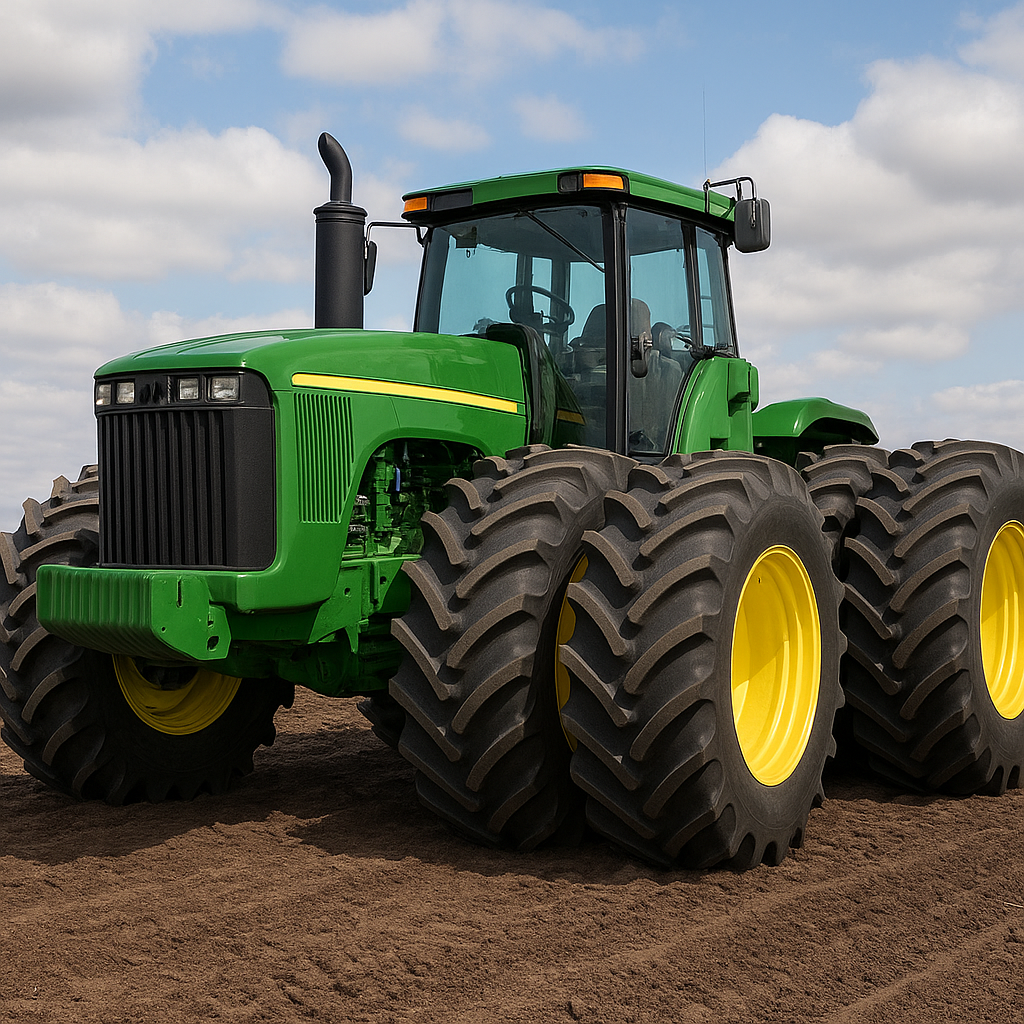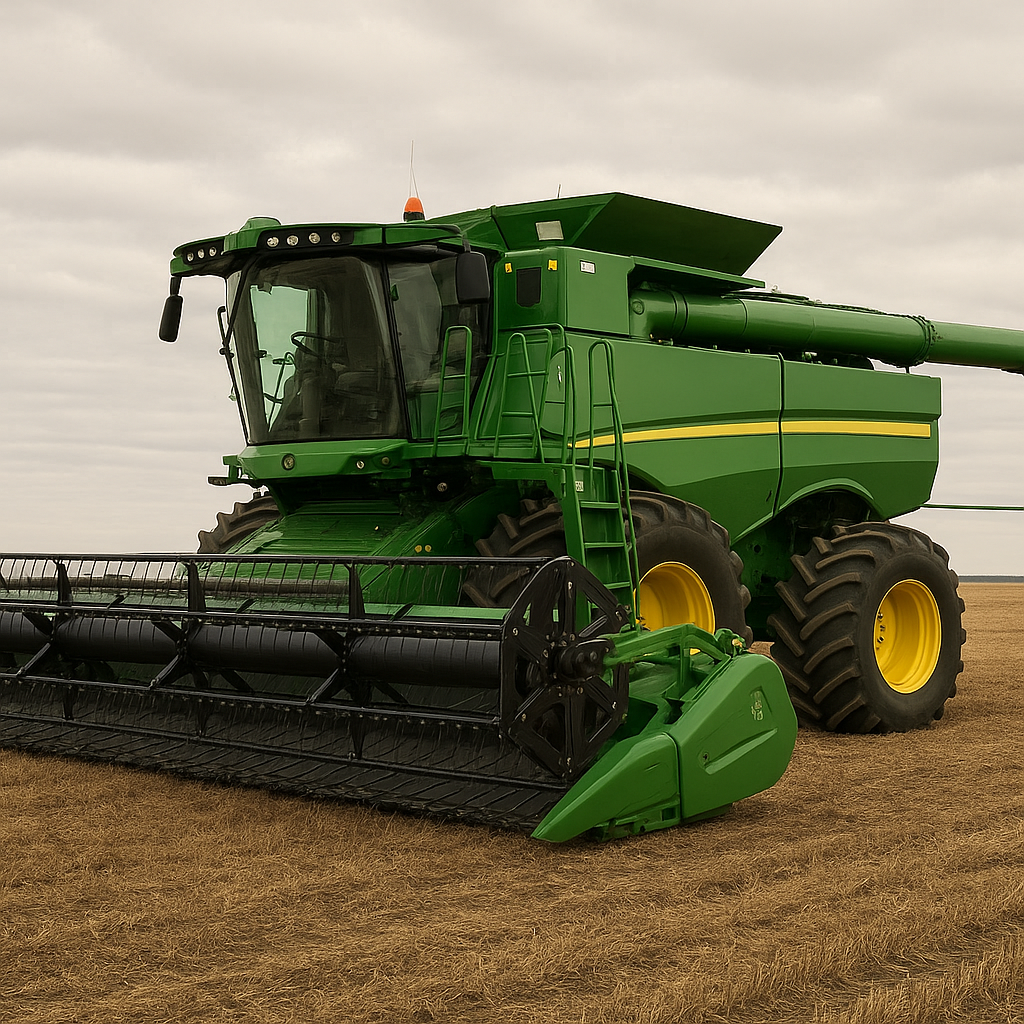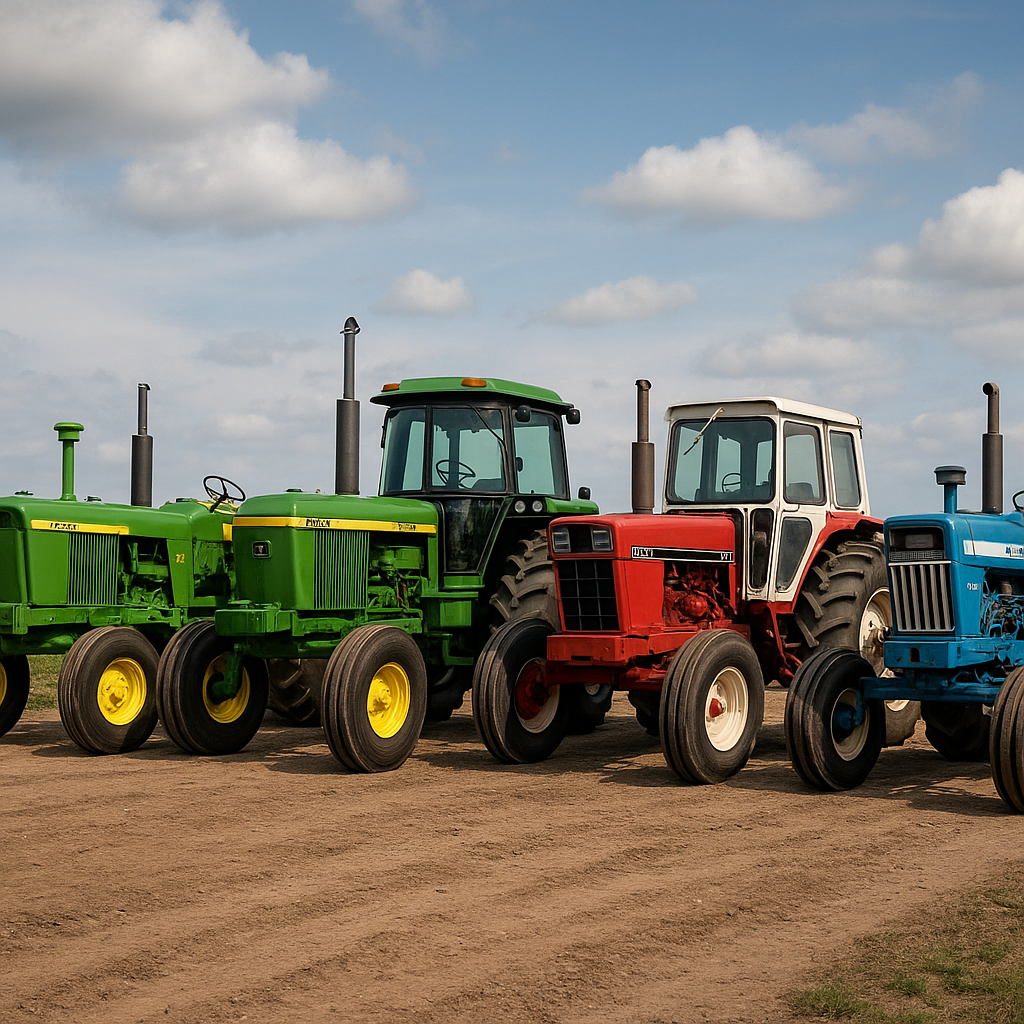Tractor Implement Automation: Syncing Tools and Machinery for Maximum Output
In the realm of modern agriculture, the synchronization of tools and machinery through tractor implement automation has revolutionized farming practices. This technological advancement not only enhances productivity but also optimizes resource utilization, ensuring that every inch of farmland is used to its maximum potential.
The Evolution of Tractor Implement Automation
The journey of tractor implement automation began with the advent of basic mechanization in agriculture. Early tractors were simple machines designed to replace animal labor, but as technology advanced, so did the capabilities of these agricultural workhorses. The introduction of hydraulic systems, GPS technology, and sophisticated software has transformed tractors into highly efficient, automated machines.
Hydraulic Systems: The Foundation of Automation
Hydraulic systems have played a crucial role in the evolution of tractor implement automation. These systems allow for precise control of various implements, such as plows, seeders, and sprayers. By using hydraulic power, farmers can adjust the depth, angle, and pressure of these tools with remarkable accuracy, leading to more consistent and efficient fieldwork.
GPS Technology: Precision Farming
Global Positioning System (GPS) technology has been a game-changer in the field of agriculture. By integrating GPS with tractor systems, farmers can achieve unparalleled precision in their operations. GPS-guided tractors can follow pre-determined paths with centimeter-level accuracy, reducing overlap and ensuring that every part of the field is covered. This precision not only saves time and fuel but also minimizes the use of fertilizers and pesticides, promoting sustainable farming practices.
Sophisticated Software: The Brain Behind Automation
The integration of sophisticated software has further enhanced the capabilities of tractor implement automation. Modern tractors are equipped with advanced control systems that can monitor and adjust various parameters in real-time. These systems can communicate with different implements, ensuring that they work in harmony to achieve the desired outcomes. For instance, a tractor equipped with a seeder and a fertilizer spreader can synchronize their operations to plant seeds and apply fertilizers simultaneously, optimizing the use of resources and improving crop yields.
Benefits of Tractor Implement Automation
The adoption of tractor implement automation offers numerous benefits to farmers, ranging from increased productivity to improved sustainability. By automating various tasks, farmers can achieve higher efficiency and accuracy, leading to better crop yields and reduced operational costs.
Increased Productivity
One of the most significant advantages of tractor implement automation is the increase in productivity. Automated systems can perform tasks faster and more accurately than manual labor, allowing farmers to cover larger areas in less time. This increased efficiency translates to higher crop yields and greater profitability for farmers.
Resource Optimization
Tractor implement automation also helps in optimizing the use of resources. By precisely controlling the application of fertilizers, pesticides, and water, farmers can reduce waste and ensure that these inputs are used effectively. This not only lowers operational costs but also minimizes the environmental impact of farming practices.
Improved Sustainability
Sustainability is a critical concern in modern agriculture, and tractor implement automation plays a vital role in promoting sustainable farming practices. By reducing the use of chemicals and optimizing resource utilization, automated systems help in preserving soil health and protecting the environment. Additionally, the precision offered by these systems ensures that crops receive the right amount of nutrients and water, leading to healthier and more resilient plants.
Challenges and Future Prospects
While tractor implement automation offers numerous benefits, it also presents certain challenges. The initial cost of acquiring and implementing these advanced systems can be prohibitive for small-scale farmers. Additionally, the complexity of these systems requires specialized knowledge and training, which may not be readily available in all regions.
Cost and Accessibility
The high cost of tractor implement automation systems is a significant barrier to their widespread adoption. Small-scale farmers, in particular, may find it challenging to invest in these technologies due to limited financial resources. However, as technology continues to advance and become more affordable, it is expected that the cost of these systems will decrease, making them more accessible to a broader range of farmers.
Training and Knowledge
The complexity of tractor implement automation systems necessitates specialized knowledge and training. Farmers need to understand how to operate and maintain these systems to fully benefit from their capabilities. This requires access to training programs and technical support, which may not be available in all regions. To address this challenge, governments and agricultural organizations need to invest in education and training initiatives to equip farmers with the necessary skills.
Future Prospects
Despite these challenges, the future of tractor implement automation looks promising. Advances in technology, such as artificial intelligence and machine learning, are expected to further enhance the capabilities of these systems. For instance, AI-powered tractors could analyze data from various sources, such as soil sensors and weather forecasts, to make real-time decisions and optimize field operations. Additionally, the development of autonomous tractors could revolutionize farming by allowing for continuous, round-the-clock operations without the need for human intervention.
Conclusion
Tractor implement automation represents a significant leap forward in the field of agriculture. By synchronizing tools and machinery, these advanced systems enhance productivity, optimize resource utilization, and promote sustainable farming practices. While challenges such as cost and accessibility remain, the future prospects of tractor implement automation are bright, with ongoing technological advancements expected to further revolutionize the industry. As farmers continue to adopt and integrate these technologies, the agricultural landscape will undoubtedly become more efficient, sustainable, and productive.









